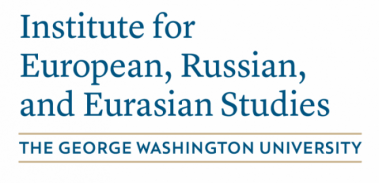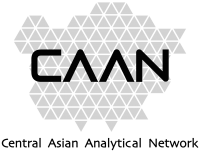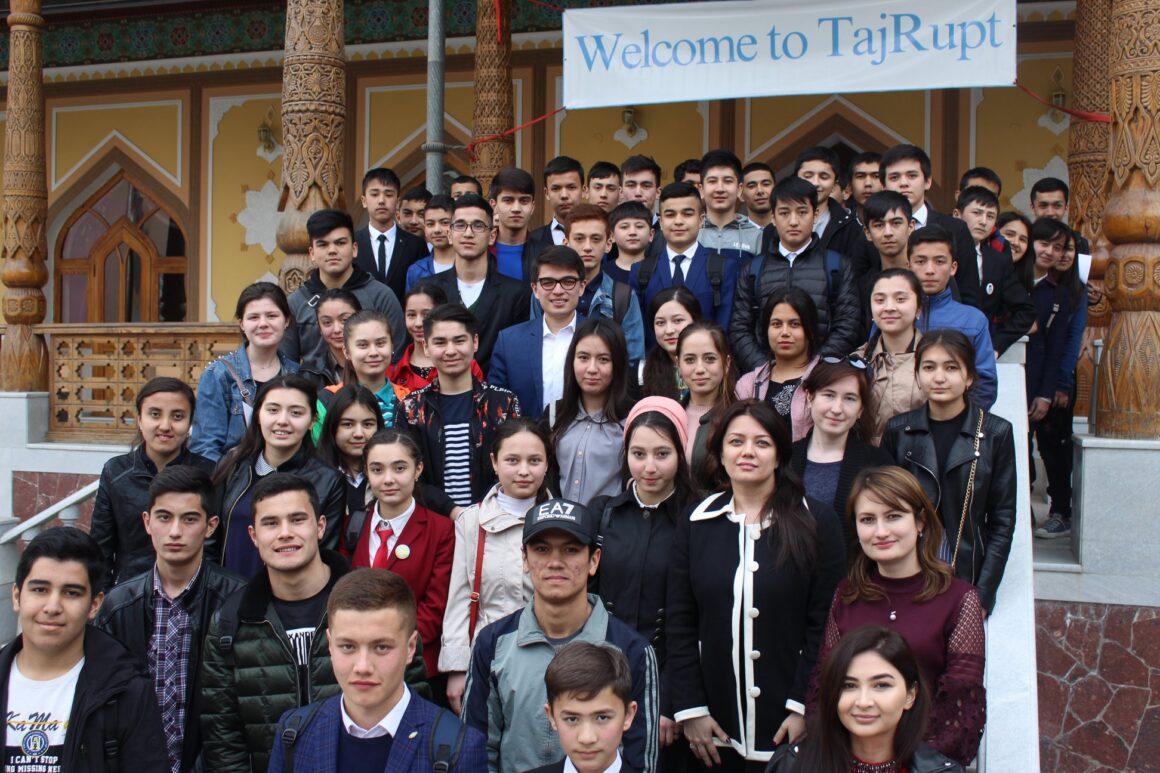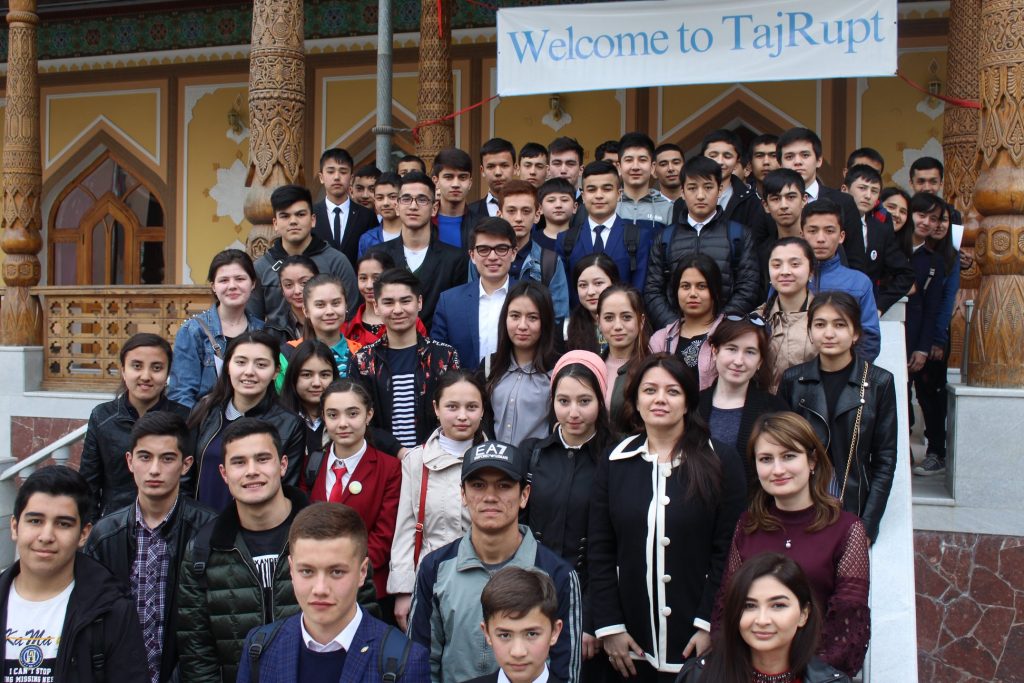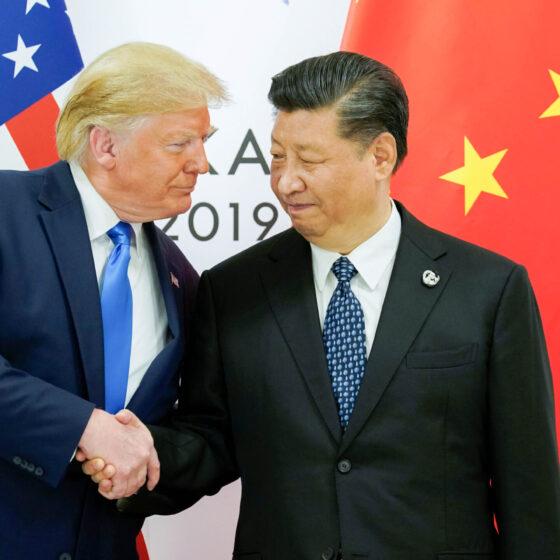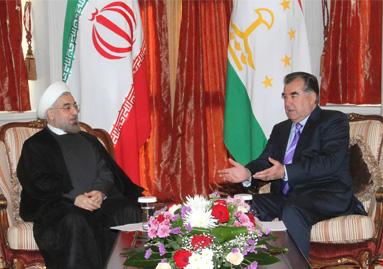A non-profit organization TajRupt with the main aim of empowering the youth in Tajikistan took its founder and chairman Azizjon Azimi to the Forbes list of “30 Under 30” in 2018. A Knight-Hennessy Scholar at Stanford University, Mr. Azimi, 22, is currently pursuing a dual-degree Master’s in Business Administration at Stanford Graduate School of Business and Master’s in Public Policy at Harvard Kennedy School. Mr Azimi has kindly agreed to introduce Central Asian Analytical Network with his organization, as well as shared some personal thoughts on the education system in his home Tajikistan.

TajRupt’s curriculum is structured in an after-school format and lasts for 10 weeks, consisting of 75-minute interactive classes taking place three times per week. The objective of the curriculum is to enable the students to become informed and engaged citizens through civic education. As a student at TajRupt, you get to learn a wide array of concepts throughout the 10-week curriculum: public policy, philosophy, markets, media, technology, globalization and international affairs, gender equality, and leadership. The curriculum is divided into three levels that vary based on the composition and rigor of specific topics.
A recent addition to the curriculum has been the introduction of weekly case studies. For instance, during the week on global affairs, the students learned about Greta Thunberg’s activism around climate change awareness. Alternatively, during the coverage of political philosophy in the second week, the students became familiarized with John Rawls’ concept of the veil of ignorance and discussed the issue of taxation of the wealthy. This approach has allowed the students to connect theoretical concepts with practical cases that are applicable in real life. In the process, we have adopted an active learning methodology based on Harvard Bok Center’s instructional toolkit that is centered around in-class student engagement through regular activities. We have also digitized our course materials through the use of Canvas as the learning management system. To track whether there are shifts in student beliefs throughout the curriculum, we administer weekly student reflections on concepts and discussions through Canvas.
After completion of each level of the curriculum, the students are required to pair up with one another and implement what we call social impact projects. These projects are structured as small-scale initiatives that positively impact at least 10 other individuals and aim to transform the students into leaders of change in their local communities. The projects have thus far ranged from extracurricular clubs at schools and universities spanning across Model UN, debate, and gender equality clubs, to digital initiatives including educational websites, as well as community service and volunteering. The social impact period lasts for up to one month and includes engagement with school administrations and parents of students on project implementation and sustainability.
To date, we have successfully executed six iterations of the curriculum with hundreds of graduates. There are three specific skills-based outputs in the domain of critical thinking that we aim to impart on our students – questioning sources and assumptions, utilizing facts and evidence, and seeking diversity of viewpoints. To assess our impact, we conduct baseline and final surveys among the students. Results have thus far demonstrated that almost all of the graduates experience a change in their viewpoint – be it in developing an appreciation for gender equality, or seeking alternative sources of media information in their daily life.
Why did you decide to offer Tajik youth additional educational courses? What language do you use in the courses?
We decided to make our classes free by seeking grant funding from international organizations. This has obviously limited our capability in terms of student enrollment (an average 10-week session includes 50-60 students). On the other hand, we have focused our effort on extending access to extracurricular activities to students who were traditionally excluded from fee-based resources. Going forward, this is our strategic priority in student enrollment.
To further incentivize student interest in the curriculum, we decided to instate English as the primary language of communication in the classroom. Since the demand for English classes is vast, this decision has attracted much attention to TajRupt among the local students who are eager to improve their English. As such, the degree of English language use in the classroom varies based on different levels of the curriculum. While learning materials are all in English, class discussions in Level I, for instance, often include Tajik and Russian since the students have pre-intermediate knowledge of English.
In the beginning, the English language requirement had produced an outcome whereby most of our students came from privileged backgrounds since they were the ones who attended after-school language classes. By including income as a factor in admission, we have come to attract more students from underprivileged backgrounds even though that has meant that the students starting at TajRupt now have relatively lower knowledge of English. On a larger scale, we now view TajRupt as a hub for social mobility whereby lower-income students are both learning English and gaining critical thinking skills that improve their opportunities in terms of education and employment.
How are your courses accepted by local authorities? As far as I know, it is challenging to work with schools and universities in Tajikistan and in general, to implement any educational program there.
It is a given that navigating through the bureaucracy in Tajikistan is a complex process. As such, we were laser-focused at the beginning on nailing down all of the necessary partnerships and documentation with local authorities. This included completing the registration process as a public organization with the Ministry of Justice, as well as gathering the licensing approval and memorandum of cooperation with the Ministry of Education & Science (MoES). Recently, we have worked closely with the Center for Gifted Students under MoES in Khujand. Our partnership with them has increased the number of academically excelling students in our cohort, with nearly half of our students now being Olympiad winners in a variety of subjects – from physics to the Russian language. This has been channeled through nominations of top students from local state schools for enrollment at TajRupt, with students from underprivileged backgrounds receiving priority. Furthermore, we have also capitalized on the government’s initiative to increase the quality of English language instruction in schools by strengthening our cooperation with MoES.
You are about to launch a new project on research on artificial intelligence. Tell us about this initiative. Does the country have enough brain resources to implement high tech projects? How do you, in general, evaluate the education system in the country and the knowledge level and education capacity of Tajik youth?
Upon implementing several iterations of TajRupt’s curriculum, we came to realize that there is a sizable demographic of students who are passionate about fields within science, technology, engineering and mathematics (STEM). This was of particular interest to us since we had initially expected to attract students with a primary focus in social sciences. Further research showed that this trend is characteristic of Tajikistan’s public education system that places an outsized emphasis on theoretical knowledge in STEM subjects. The status quo is emblematic of the entire post-Soviet region where students are mandated throughout secondary school to take multiple years of STEM subjects ranging from physics to information technology.
For instance, students from Tajikistan ranked in the 60th percentile in their aggregate score among participating countries in the 2018 International Mathematical Olympiad – a leading global competition in math. There are regular news reports about the academic achievements of Tajikistani students in international competitions. Hence, the potential of local students in STEM is clear. However, through our conversations with local students, we identified an apparent skills gap resulting from a tendency of over-indexing on the theory that takes place within the public education system. The resulting outcome has been that talented students in STEM gain strong theoretical skills in secondary schools that have little application in practice.
We then proceeded to analyze the state of higher education in STEM. A preeminent challenge in Tajikistan is the low enrollment rate in higher education since only a minority of students in the relevant age group attend universities. A major area of weakness within universities remains the research capability that is vital to the success of leading global STEM institutions. An assessment of Tajikistan’s higher education system conducted by the Asian Development Bank had cited the lack of research capability in the domain of STEM among local universities as one of several barriers constraining the research output among faculty and students.
At last, on a more fundamental level, an endemic challenge in Tajikistan is the lack of employment opportunities. As is widely known, nearly a third of our country’s gross domestic product comes from migrant remittances that are sent by Tajikistanis working abroad. As such, the most talented STEM students prefer to pursue studies or work abroad, contributing to the “brain drain” away from the country. Considering that the local information technology (IT) sector remains underdeveloped, the main supply of jobs in this sector tends to be concentrated around basic skills in programming such as web design.
To summarize, our analysis pointed us to a host of challenges that could be converted into opportunities to bring Tajikistan competitive advantage in the age of tech. Today, a student in Tajikistan with a demonstrated talent in STEM is likely to focus on theory as opposed to the practice in secondary school, have limited opportunities for applied research at university, and further face shortage of employment in the job market down the road. These three areas emerged as the founding pillars of TajRupt.AI – Central Asia’s first artificial intelligence research center. TajRupt.AI seeks to concurrently address these areas in the following way:
- Education: high school and undergraduate students talented in STEM fields will receive educational training in computer science in an after-school format similar to TajRupt’s curriculum. Students with a background in computer science will be educated in the fundamentals of artificial intelligence and data science.
- Applied research: university students – both at undergraduate and graduate levels – majoring in computer science will be able to conduct specialized research on applying AI in social sectors such as education and healthcare. The tools of machine learning and deep learning will be prioritized in the process of applied research.
- Entrepreneurship: students will be trained through an entrepreneurial curriculum to commercialize technological products through an incubator space and mentorship resources. One specific area of focus will include the establishment of local ventures providing global companies outsourcing services for AI-related programming work, replicating the success of eastern European countries in becoming hubs for IT outsourcing in the past two decades.
The reason we have decided to prioritize artificial intelligence in the work of our organization is the immense potential for growth in the sector over the coming decades. Research by McKinsey Global Institute has estimated that the increasing adoption of AI can deliver additional economic output valued in trillions of dollars by 2030. Importantly, the demand for high-skilled AI talent is expected to far exceed the supply in the near future – presenting an opportunity for developing countries like Tajikistan to emerge as regional AI hubs.
At the same time, there is a tangible risk of AI adoption simply widening the state of global inequality, with advanced economies capturing most of the added value due to better baseline positioning in terms of research capability and infrastructure. Hence, TajRupt.AI’s mission is rooted in accelerating Tajikistan’s economic growth through the development of a tech sector powered by AI – an ambitious goal that could positively alter the country’s development trajectory over the next decade. The three-pronged approach encompassing education, applied research, and entrepreneurship outlined above will hopefully allow talented STEM students in Tajikistan to fully unleash bounds of their potential and chart their path toward a brighter future at home.
It is worth noting that TajRupt has been privileged to win a global grant from the Science, Technology, and Innovation Fund (STIF) of the Islamic Development Bank to establish TajRupt.AI. The competition took place last year and included 32 winners from among thousands of applicants. We look forward to formally launching TajRupt.AI’s operations this summer.
Tajiks are mostly known as a “poetic nation”, and I witnessed many debates over ignoring STEM for poetry and humanitarian sciences. It is interesting to know what you think about it.
I think there ought to be a healthy balance between retaining and honoring tradition and moving ahead with contemporary innovation. Currently, the pendulum seems to be fully on the former’s side. It’s not the quantity of STEM instruction in schools that are the problem – it’s precisely the quality. Cultural celebrations and festivities need to go hand in hand with project fairs where students can demonstrate technical accomplishments. This point touches on the fundamental question of what the objective of public education is. If we take the position that public education should equip the students with basic skills relevant to the modern needs of society, then we have to ramp up the quality of STEM education starting in elementary school.
In the former Soviet Union, Armenia and Belarus are paying attention to new tech start-ups and creating an environment for their development. We even won’t mention Estonia here. I’ve heard about some government initiatives in the field in Kazakhstan and Kyrgyzstan too. While Tajikistan does not have many economic opportunities to provide its youth, do you think technology start-ups could be an important job creation alternative and source of high income for both people and the budget in the country?

For this to take place, the government needs to provide incentives for entrepreneurs to start businesses locally in Tajikistan through tax rate reduction. An annual study of tax rates across the globe by PwC has starkly demonstrated the overly high corporate tax burden in Tajikistan that currently stands at over 67%. This places local entrepreneurs at a competitive disadvantage in comparison to entrepreneurs in countries with lower tax rates. Hence, tax incentives for the IT industry – and the corporate sector writ large – would provide a massive boost to entrepreneurship, ultimately benefitting the state budget. An important note here is that I am in no way proposing a stark reduction in corporate taxes. My point is that tax rates need to be reduced to a sensible level. The same PwC report estimated that the global average for tax and contribution rate of corporations is 40%.
What shall a country with a low rate of internet penetration and device accessibility, low internet speed, and high internet prices do in this field?
The recent decision to install a price floor for the cost of the internet – which stirred public uproar and led to the overturning of the decision – would have had a catastrophically negative impact on not just the tech sector, but more so on average consumers. The logic for reform here is pretty straightforward – elimination of over-regulation would open up private sector competition, which would drive internet access costs down, which would produce an increase in internet penetration rate and use – ultimately producing a rise in tax revenue for the government based on rising private sector profits.
